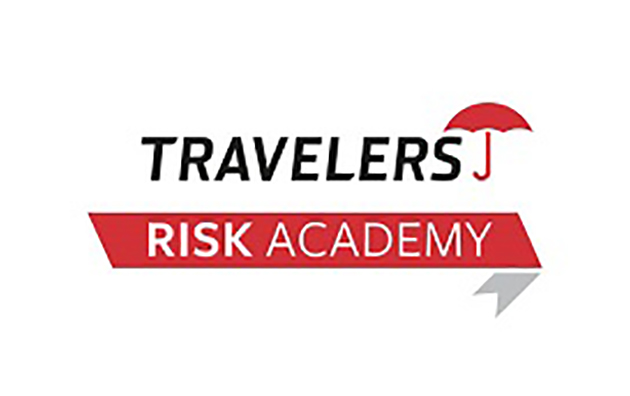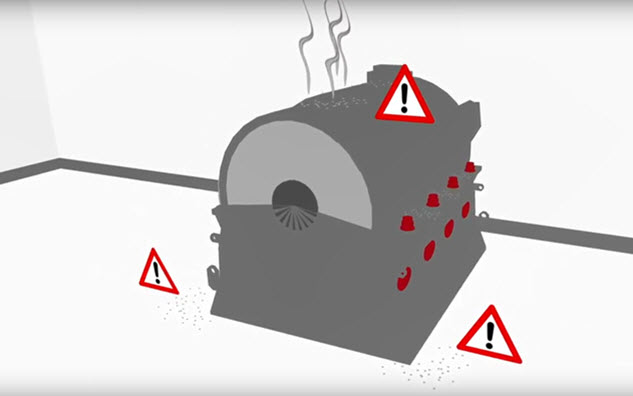Workplace Deafness

(DESCRIPTION)
A man with earbuds in walks past a worker in a warehouse and takes out the earbuds.
(SPEECH)
Hearing loss accounts for nearly 75% of workplace occupational disease claims. And they're all preventable.
(DESCRIPTION)
Logo and text: TRAVELERS. Prevent Workplace Deafness. Animation: a woman sits at a desk and works at a computer. A man stands two metres behind her and talks. Expanding circles emanate from his mouth to the woman.
(SPEECH)
Identifying the risk is tricky. But as a rough guide, if you can't hear someone talking two metres away, there's a noise problem. If there's any doubt, you need to bring in sound measuring kit to make sure.
(DESCRIPTION)
A hand holding a device with the label 85 db reaches in towards machinery.
(SPEECH)
Hearing protection for employees is the last resort.
(DESCRIPTION)
The woman with headphones on, with a circle with a slash over it.
(SPEECH)
Start by reducing noise at the source.
(DESCRIPTION)
The machinery.
(SPEECH)
Machines can be quietened with damping and closing them. Or perhaps, they can be replaced with quieter machines.
(DESCRIPTION)
A casing lowers down over the machine. It moves away and another machine takes its place.
(SPEECH)
Another approach is to limit the time employees are exposed to the noise.
(DESCRIPTION)
A clock superimposed over workers.
(SPEECH)
Regular testing of employees' hearing will give you and them peace of mind. To find out more, visit the website below or speak to your broker.
(DESCRIPTION)
Text: www.travelers.co.uk/riskcontrol. Next Tip (with a video Play button icon. Share the Safety. LinkedIn logo. Get more safety tips at www.travelers.co.uk/riskcontrol. The information in this video is intended as a guideline and is not intended as, nor does it constitute legal, technical or professional advice. Travelers does not warrant that adherence to any recommendations, best practices, or guidelines will result in a particular outcome. In no event will Travelers or any of its subsidiaries or affiliates be liable to anyone who has access to or uses the information provided in the video. Copyright 2016 Travelers Management Limited. Travelers and the Travelers Umbrella logo are registered trademarks of The Travelers Indemnity Company in the U.S. and other countries.
The hustle and bustle of the workplace can often reach high noise levels, even without the addition of machinery. As businesses look increasingly at innovative technology to gain results, they also need to consider noise reduction initiatives to enable employees to achieve their best.
The figures may be slightly scary when you know that hearing loss accounts for nearly 75% of occupational disease claims, but these are all preventable if simple steps are put in place.
1. Identify the risk
In most cases, there is no need to use equipment to measure the levels, and a simple test to see if you can be heard two metres away should be enough to identify an issue. If you are unsure, there are plenty of sound measuring devices to increase the test accuracy.
2. Isolate the source
Enclosing a noisy machine or creating a soundproof area will immediately alleviate harmful levels, improving the workplace environment and increasing productivity.
3. Reduce exposure
Introducing shifts to reduce the amount of time employees are exposed to high noise levels will prevent issues developing and improve morale.
4. Test regularly
Enabling employees to regularly get their hearing checked will help identify potential problems, promote employee wellbeing and give you peace of mind.
For more information, sign up to our Risk Academy, log in to the Risk Control Customer Portal, or email contactriskcontrol@travelers.com



